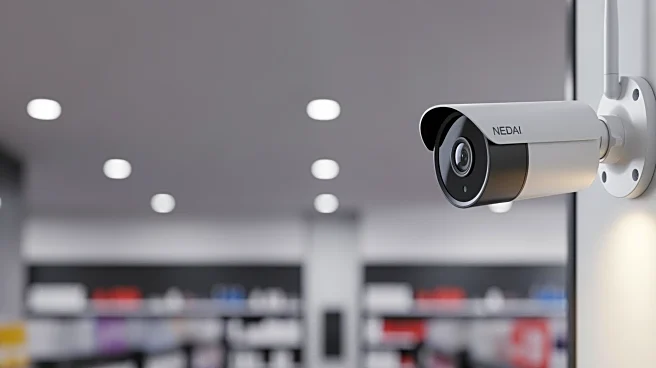What's Happening?
Retailers are facing significant security risks and potential revenue losses due to outdated devices running on legacy operating systems. These devices, including point-of-sale systems and inventory scanners,
are vulnerable to cyberattacks, particularly ransomware and phishing, which can disrupt operations and compromise customer data. The prevalence of outdated systems is highlighted by a report from Zimperium, which found that over 50% of mobile devices in retail are running outdated software, with 25% too old to upgrade. This situation is exacerbated by hackers using AI tools to automate attacks, making retail an attractive target due to its complex supply chains and vast customer data.
Why It's Important?
The outdated devices pose a dual threat to retailers: they not only increase the risk of cyberattacks but also affect operational efficiency. With the holiday season approaching, retailers are under pressure to ensure smooth operations and protect their brand reputation. The financial impact of cyberattacks can be severe, as demonstrated by the ransomware attack on Marks & Spencer, which resulted in significant financial losses and operational disruptions. Retailers must prioritize updating their systems and implementing robust security measures to mitigate these risks and safeguard their operations and customer data.
What's Next?
Retailers are encouraged to take proactive steps to address these vulnerabilities. This includes updating operating systems, replacing outdated devices, and utilizing unified endpoint management platforms to automate updates. Additionally, implementing zero-touch enrollment and kiosk mode can enhance device security. Educating staff on social engineering trends and fostering a security-first culture are also crucial measures. By addressing these issues, retailers can reduce the risk of cyberattacks and improve operational efficiency, ultimately protecting their bottom line and reputation.











